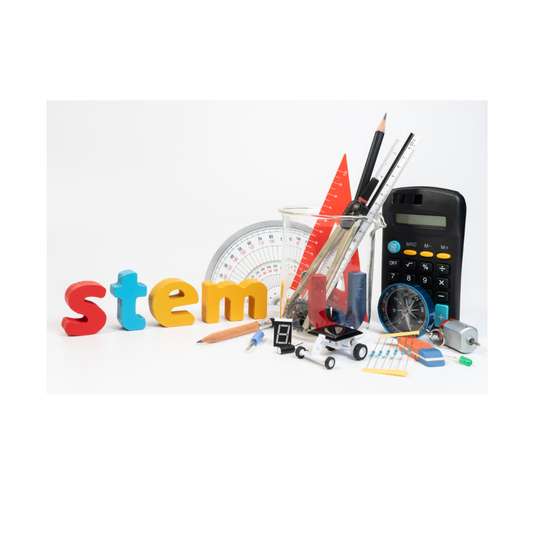STEM educators prepare students for careers in four specific areas: science, technology, engineering and math. These four disciplines are taught in a way that combines each subject through application to better prepare the student to succeed in a career in STEM. Because STEM careers are becoming more and more available, due to the speed with which innovation is taking place, good STEM educators are more important now than ever.
STEM educators must be knowledgeable in pedagogy and know enough of all four disciplines to be able to create engaging real-world lessons while presenting the material in a manner that students can understand and apply. Once a STEM educator presents the material and the task they act as facilitators guiding the students in their own learning. Because STEM schools are a relatively new initiative and STEM teachers are preparing students for jobs that do not currently exist, they are often learning themselves as they guide their students through the learning process.
STEM educator identities are ever evolving. As the technology market needs change and evolves so will the focus on material and tasks. This requires an educator with a different mindset and characteristics. STEM educators must grapple with the unstable identity of being a STEM educator. Many STEM educators identify with their stand-alone subject, for example a math teacher. “While many [STEM educators] have considerable teaching experience, they view themselves as “ developing or emerging STEM teachers. This identity multiplicity reflects the transition stage and possible internal struggle between the comfort zone of the individual subjects and the fluid state of the STEM setting (Nagdi, 2018).
STEM educators must display flexibility and responsiveness. Because of the unpredictable multi-disciplinary nature of STEM lessons, teachers must be comfortable with not knowing the answer, having experiments or tasks that just don’t work out, and be able to turn on a dime in a different direction if needed. STEM educators must see the merit in different perspectives and unorthodox approaches and value the knowledge that comes from each application. A STEM educator leverages unsuccessful tasks as teachable moments. STEM educators teach students to learn because they are aware that the content that they are teaching today will be obsolete tomorrow and that what really matters is that the students are given a safe space to learn problem solving skills, inquiry skills, design and critical thinking, and practice collaboration and creativity.
STEM careers pay very well. College graduates with STEM degrees earn much more than their counterparts with degrees in other fields. This fact alone should leave no question about the importance of preparing students for careers in STEM (Lynch, 2018). Great STEM educators are an asset to a school district and to our nation. STEM educators must stay abreast of new technologies and pedagogies for teaching STEM at every grade level even if that means relearning something that they already know in a different way. Alvin Toffler said, “The illiterate of the 21st century will not be those who cannot read and write, but those who cannot learn, unlearn, and relearn.” As STEM educators we must be able to unlearn and relearn and teach our students to do the same in order to be able to compete in the global marketplace of the future.
Refrences
Lynch, M. (2018, April 2). Education Week American Education News Site of Record. Retrieved October 18, 2020, from https://mobile.edweek.org/c.jsp?cid=25920011
Nagdi, M. E. (2018, October 05). What makes a STEM teacher? Developing identities of STEM teachers at emerging STEM schools. Retrieved October 18, 2020, from https://blogs.biomedcentral.com/bmcblog/2018/10/05/what-makes-a-stem-teacher-developing-identities-of-stem-teachers-at-emerging-stem-schools/


 RSS Feed
RSS Feed

